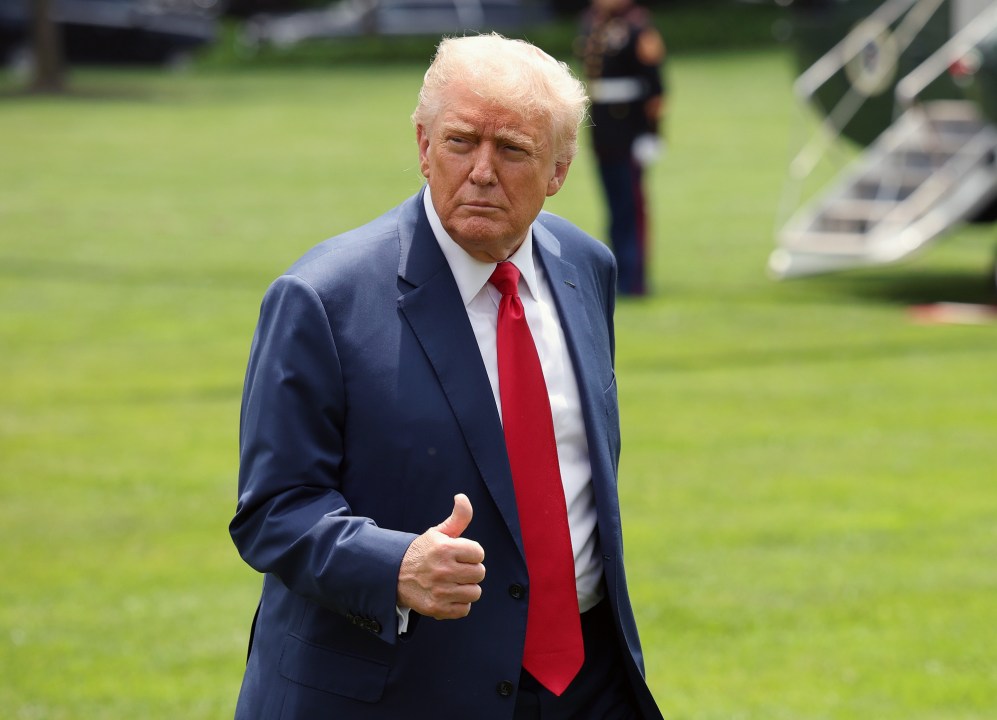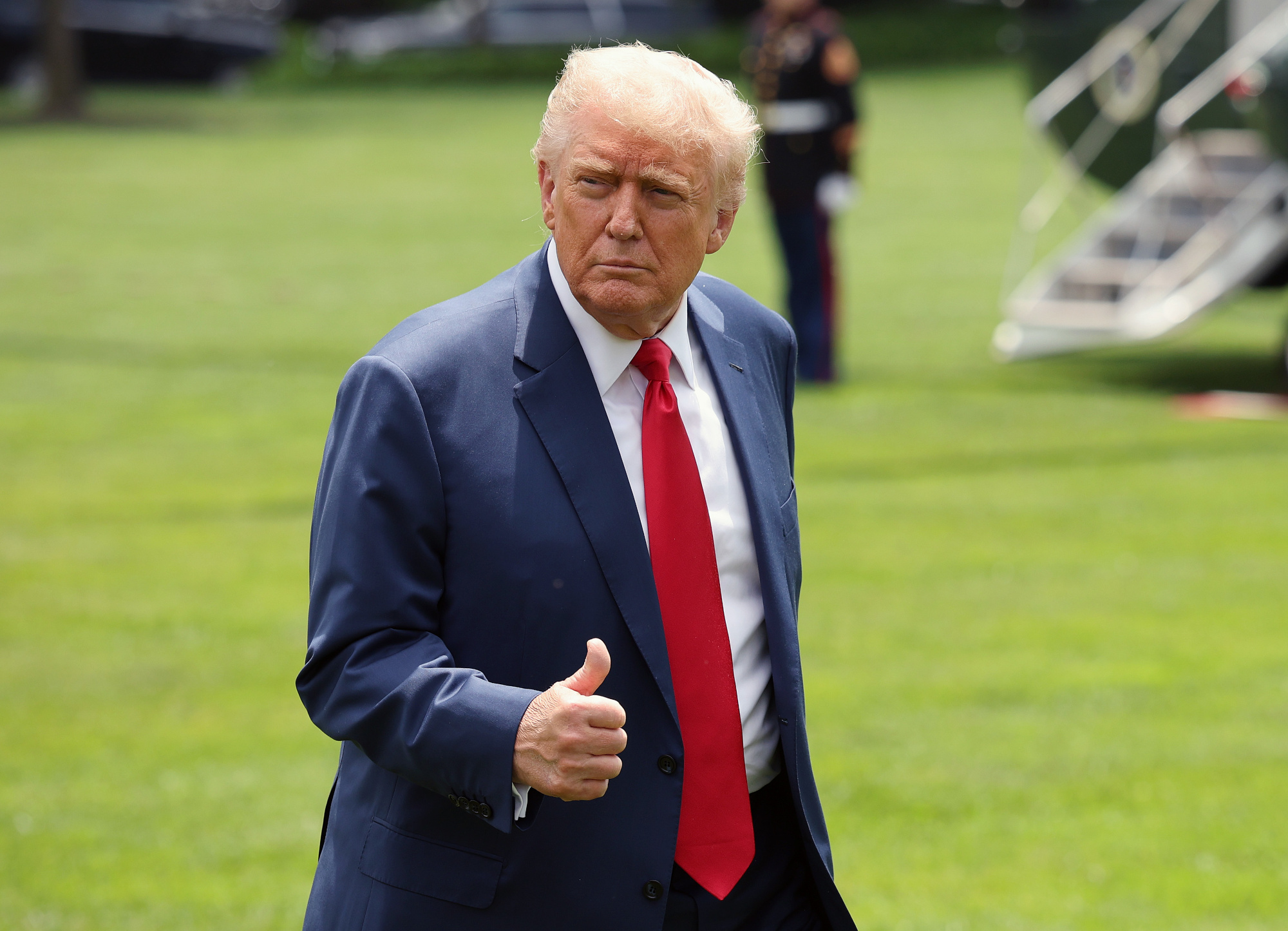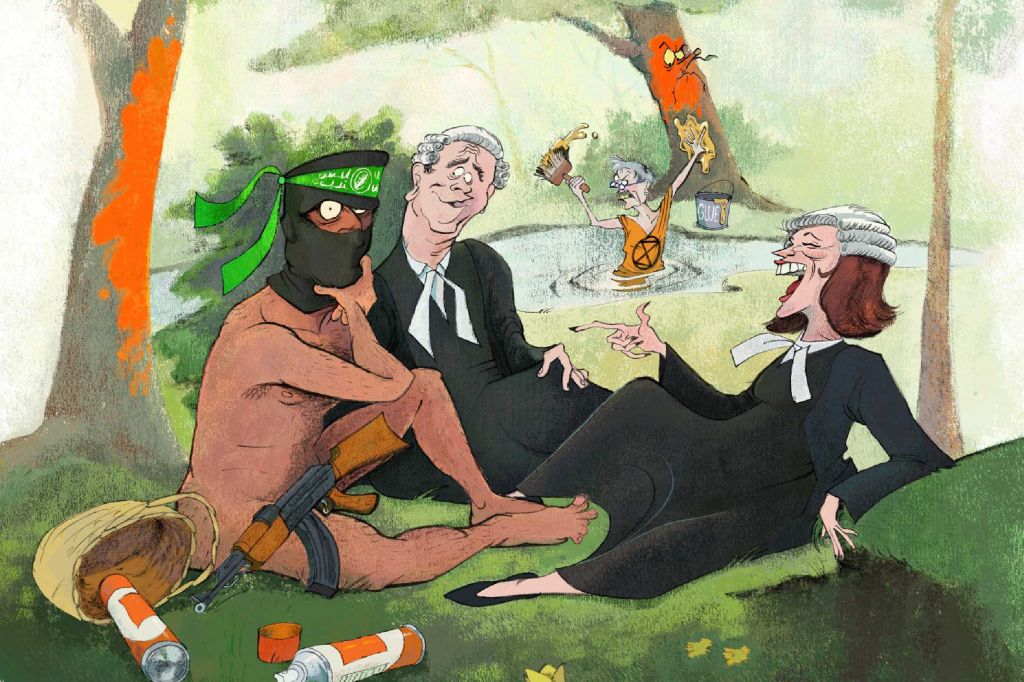It remains to be seen whether Trump’s ceasefire between Iran and Israel will hold, but on the other side of the world he has showcased his deal-making prowess in a very different conflict. In a few days, Rwanda and the Democratic Republic of Congo are set to sign a peace agreement, under US auspices, to halt the bloodshed in eastern Congo. The deal was classic Trump – blunt, transactional, and built on leverage. He applied pressure, offered incentives, and out of it came a deal.
His approach delivered results where traditional diplomacy failed
For years, Eastern Congo has been one of the most violent regions on earth. Earlier this year, the city of Goma in Congo fell to M23 rebels backed by Rwanda. When Trump came into office the conflict appeared on the verge of spiralling into a wider regional war unless serious pressure was applied on Paul Kagame. During the Second Congo War over five million died. Over the past year, Rwanda’s fingerprints have been all over renewed violence, its motives economic. Kigali’s claim to be protecting Tutsi communities was a fig leaf. This was all about access to mineral wealth.
The international response to the escalating crisis was weak. Condemnation, concern, the usual diplomatic fog. The UN dithered and European governments fretted helplessly. Trump offered something far more effective than diplomatic condemnation. He focused on leverage and offered investment.
Trump sent a family confidant, Massad Boulos, to Kinshasa to challenge China’s grip on the country’s critical minerals. Boulos began work directly with President Tshisekedi on a minerals-for-assistance arrangement aimed at reversing China’s dominance in the region. The approach tied military and political support to access and investment. Sources tell me that in anticipation of the peace agreement, Boulos set up meetings with mining groups and with investment funds. The approach formed part of Trump’s broader strategy to dislodge China from Africa’s mineral supply chains. That effort now appears to have paid off.
The agreement, set to be formally signed this coming week, commits Rwanda to withdraw troops and end M23 support, while Congo addresses Kigali’s concerns about Hutu militias. It promises the return of refugees, regional security coordination, and billions in investment for Congolese mines. Rwanda will keep a role in processing minerals like tantalum.
This was diplomacy, Trump-style. Congo gets the prospect of stability and foreign capital. Rwanda gets a way out of a proxy war without having to admit defeat. A summit in Qatar in March between Presidents Tshisekedi and Kagame laid groundwork for the deal, but Trump’s team is said to have driven it forward with sanctions on Rwandan officials and promises of Qatari-backed funds.
The logic was simple. Kagame’s government relies on aid and image. His aggressive posture in eastern Congo risked unravelling both, with Rwanda accused of supplying arms, training and logistics to M23. Sanctions were being discussed. Meanwhile, his troops were overextended. Trump’s deal gave him a way to climb down. On the other side, Congo’s President Tshisekedi badly needed a win. His military was outmatched. His international reputation was sliding. The fall of Goma in January was a humiliation, as were the rebels moving steadily deeper into the country. This peace deal allows him to claim credit for restoring control and inviting investment.
The contrast between the US and the UN and western European approach to peace in Congo was stark. The EU continued working with Rwanda, even as Kigali backed the rebels in the DRC. The UN was paralysed. Its peacekeepers in the DRC were under siege. The British government issued travel warnings, and that was pretty much it. Trump, by contrast, moved quietly and effectively.
As the crisis escalated through the early months of the year, the evidence of human rights abuses was overwhelming. Yet Brussels and Whitehall showed little appetite to act. Kagame was courted by global donors and think tanks, even as he destabilised an entire region. The deal reached proves what the earlier inaction failed to recognise. It’s leverage, not platitudes, that change behaviour. What matters is the cards you hold.
The humanitarian impact of the conflict has been catastrophic. More than six million people are displaced inside Congo. Hundreds of thousands fled in the last year alone. Camps are overflowing. If the arrangement holds, it will be the most significant breakthrough in the region since the Sun City Agreement of 2003.
Trump’s approach to Congo and Rwanda was unapologetically transactional, indifferent to process, and focused on leverage. His approach delivered results where traditional diplomacy failed. This peace agreement was shaped through pressure, backed by cash, and sealed with blunt realism. It may not have followed the rules of traditional diplomacy, but it produced what years of UN resolutions and peacekeeping deployments did not, namely a real chance at ending the bloodshed.
This was Trump in full negotiating mode. Focused on leverage, uninterested in process, and determined to extract results. It worked. In a week dominated by missile strikes and deepening crisis in the Middle East, Congo is a reminder of what’s still possible when diplomacy looks more like deal-making.









Comments